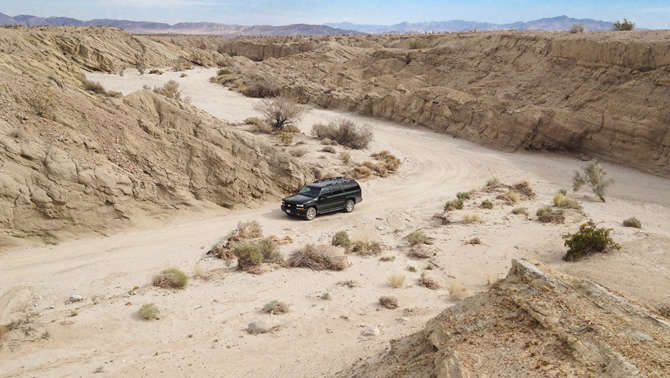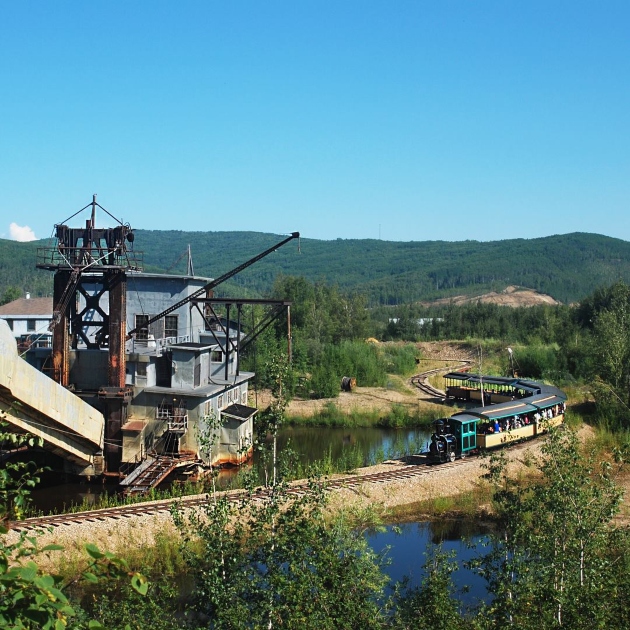Arroyo Tapiado mud cave exploration
This California hidden gem has one of the most extensive mud cave systems in the world

The Arroyo Tapiado Mud Caves in the Anza-Borrego Desert State Park are one of the best kept secrets of the park, because many people I run into have never even heard of this magnificent place.
A four-wheel-drive vehicle is recommended for the drive to the mud caves. The trek in makes you feel like you are a million miles away from everything. There are no city lights, no freeways, no stop lights and no one around for miles. We kept playing the Indiana Jones theme song in our heads while traversing the desolate dirt roads. Every twist and turn made us hold our breath wondering what was around the corner. We wanted to get out and hike and explore the area, but we kept onward to our mud cave destination.
There are no neon signs, no "Welcome to the Mud Caves" billboard and no physical way to see that these mud caves exist from the road. The only way you know where they are is if you follow another motorist in, someone is parked near the area or you have been there before. This anonymity adds to the mystery and anticipation of exploring these natural wonders.

The name Arroyo Tapiado derives from the Spanish language meaning "walled wash," and the Arroyo Tapiado canyon is full of 22 known mud caves and nine slot canyons. These mud caves are one of the most extensive mud cave systems in the world with some of the caves extending over 1,000 feet (305 metres). These are not claustrophobic caves as some of these systems are cavernous with ceilings 80 feet (24 metres) tall and 325 feet (100 metres) wide.
The caves were formed by fluvial erosion caused by periods of heavy rainfall. When the heavy rain occurs, it cuts channels into the mud hills which causes erosion and forms canyons with undercut walls. Some channels deepen and some cave in. The mud of the collapsed walls dries and adheres to other portions of the canyon, thus forming bridges, archways and even natural "skylights" in the caves.
The mud caves can be unstable, so it is recommended not to walk on top of them because of potential cave ins. People have lost their lives in these areas, so use caution and common sense—this is not rock but unstable mud.

We recommend walking into a cave, gathering everyone around and simultaneously shutting off your flashlights. The blackness is astounding and the quiet is deafening.
It's truly a natural wonder, and you can spend days there and not see everything that Arroyo Tapiado has to offer.






